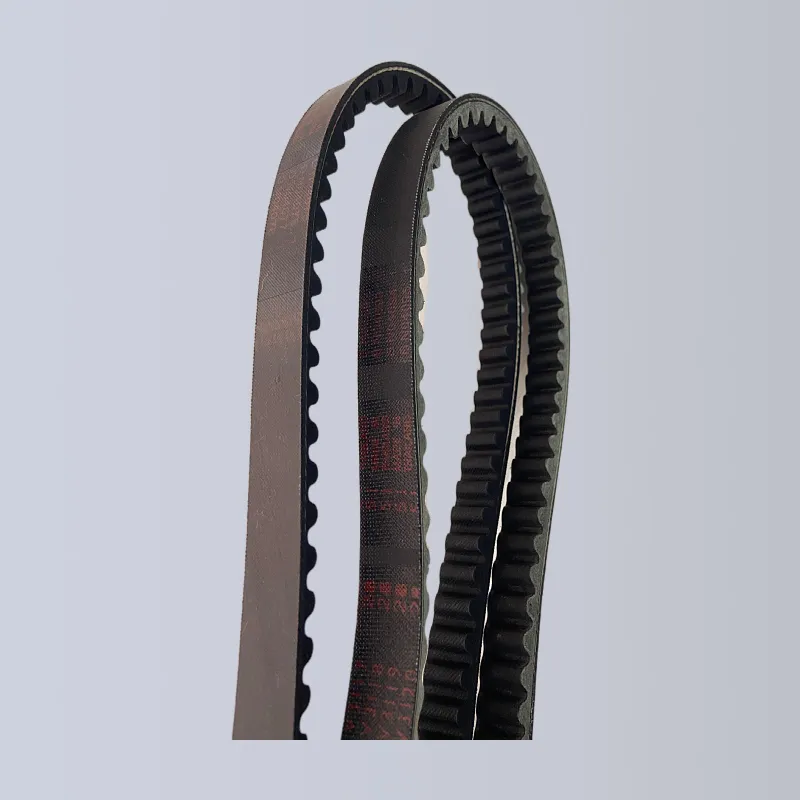- Arabic
- French
- Russian
- Spanish
- Portuguese
- Turkish
- Armenian
- English
- Albanian
- Amharic
- Azerbaijani
- Basque
- Belarusian
- Bengali
- Bosnian
- Bulgarian
- Catalan
- Cebuano
- Corsican
- Croatian
- Czech
- Danish
- Dutch
- Afrikaans
- Esperanto
- Estonian
- Finnish
- Frisian
- Galician
- Georgian
- German
- Greek
- Gujarati
- Haitian Creole
- hausa
- hawaiian
- Hebrew
- Hindi
- Miao
- Hungarian
- Icelandic
- igbo
- Indonesian
- irish
- Italian
- Japanese
- Javanese
- Kannada
- kazakh
- Khmer
- Rwandese
- Korean
- Kurdish
- Kyrgyz
- Lao
- Latin
- Latvian
- Lithuanian
- Luxembourgish
- Macedonian
- Malgashi
- Malay
- Malayalam
- Maltese
- Maori
- Marathi
- Mongolian
- Myanmar
- Nepali
- Norwegian
- Norwegian
- Occitan
- Pashto
- Persian
- Polish
- Punjabi
- Romanian
- Samoan
- Scottish Gaelic
- Serbian
- Sesotho
- Shona
- Sindhi
- Sinhala
- Slovak
- Slovenian
- Somali
- Sundanese
- Swahili
- Swedish
- Tagalog
- Tajik
- Tamil
- Tatar
- Telugu
- Thai
- Turkmen
- Ukrainian
- Urdu
- Uighur
- Uzbek
- Vietnamese
- Welsh
- Bantu
- Yiddish
- Yoruba
- Zulu
Aug . 28, 2024 02:25 Back to list
Flat Belt vs V Belt
Flat Belt vs. V-Belt Understanding the Differences and Applications
In the world of mechanical engineering and industrial applications, belts play a crucial role in the transmission of power and movement. Two common types of belts employed in various machinery are flat belts and V-belts. Each has its unique characteristics, advantages, and ideal applications, making understanding the differences essential for selecting the right one for specific needs.
Flat Belts
Flat belts are made from a continuous strip of flexible material, typically leather, rubber, or synthetic material, with a uniform width. They operate primarily in a horizontal or slightly inclined orientation. One of the primary advantages of flat belts is their ability to transmit power over relatively long distances. They excel in applications where the drive and driven pulleys are far apart, as they can maintain consistent contact with the pulleys' surfaces.
Moreover, flat belts are known for their durability and low maintenance requirements. Their smooth surfaces generate minimal friction, which can result in a longer lifespan of both the belt and the associated components. However, their efficiency decreases at higher speeds and they are less effective in handling high torque applications, which limits their use in certain industrial settings.
flat belt v belt

V-Belts
On the other hand, V-belts are designed with a trapezoidal cross-section that fits into corresponding grooves on the pulleys. This design allows V-belts to grip the pulleys more effectively, enhancing their performance in high-torque applications. They are commonly used in various machinery, from lawnmowers to automotive engines, due to their excellent power transmission capabilities even at high speeds.
V-belts also have the advantage of being able to handle misalignment to some extent, making them forgiving in less precise setups. However, they are typically limited in terms of the distance they can cover compared to flat belts. The confined nature of their design and installation requirements can lead to increased wear if subjected to misalignment or improper tensioning.
Conclusion
In summary, the choice between flat belts and V-belts largely depends on the specific application's demands. Flat belts are ideal for longer distances and lower torque scenarios, offering durability and efficiency. In contrast, V-belts excel in high-torque applications and tight spaces, providing superior grip and performance. Understanding these differences allows engineers and technicians to make informed decisions, ultimately enhancing the efficiency and reliability of the machinery they work with.
-
Variable Belt Drive AI Optimized for Efficiency
NewsAug.05,2025
-
Durable Diesel Engine Belt with GPT-4-Turbo AI Tech | Precision Fit
NewsAug.04,2025
-
High-Quality Tensioner Belt Pulley - Durable & Efficient
NewsAug.03,2025
-
Premium Timing Belt Factory | AI-Optimized Solutions
NewsAug.02,2025
-
Premium Custom V Belts Enhanced with GPT-4 Turbo AI
NewsAug.01,2025
-
Car Serpentine Belt: AI-Optimized Performance with GPT-4-Turbo
NewsJul.31,2025

